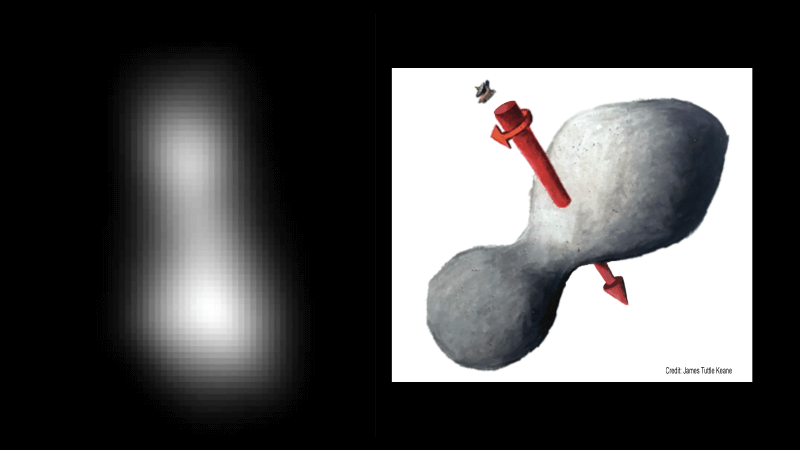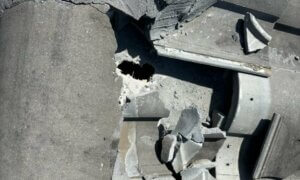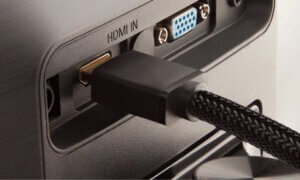The New Horizons mission control team at the Johns Hopkins Applied Physics Laboratory have celebrated New Year’s in a different way than the rest of us: they monitored New Horizon’s Ultima Thule flyby.
The flyby occurred at 12:33 a.m ET on Tuesday but the spacecraft only managed to call back home today, at 10:29 a.m EST, roughly ten hours after the approach, keeping the scientists on the edge the entire time.
Why? Because there was only one chance of getting it right as the New Horizons passed Ultima Thule at 31,500 miles per hour in a feat that was made possible only thanks to the thousands of operations on the spacecraft that worked in perfect sync at exactly the right time.
New Horizons also took a few images which revealed that the Ultima Thule object looks a lot like a bowling pin and has dimensions of around 20 by 10 miles. At the moment, the scientists are still receiving data about the object with high hopes that the new information will answer more questions about the mysteries surrounding it.
“New Horizons performed as planned today, conducting the farthest exploration of any world in history — 4 billion miles from the Sun. The data we have look fantastic and we’re already learning about Ultima from up close. From here out the data will just get better and better!”
Alan Stern, Principal Investigator of the Southwest Research Institute
According to the data received so far, the object is spinning like a propeller which answers the question as to why, in the earlier images, its brightness did not vary during rotation.

Credits: NASA/JHUAPL/SwRI; sketch courtesy of James Tuttle Keane
NASA has received nothing but positive signals from New Horizons following the flyby, indicating that it’s in good health and has filled its digital recorders with data.
It will take around 20 months for the spacecraft to send all of its data in but, 13 years after its initial launch and with this successful flyby under its belt, New Horizons does not plan to take a break: the spacecraft is expected to continue exploring the Kuiper Belt until at least 2021.
The Kuiper Belt is important to space exploration because it’s a region that holds a large number of primordial objects that might help the NASA scientists better understand the origins of our solar system.
Follow TechTheLead on Google News to get the news first.



























